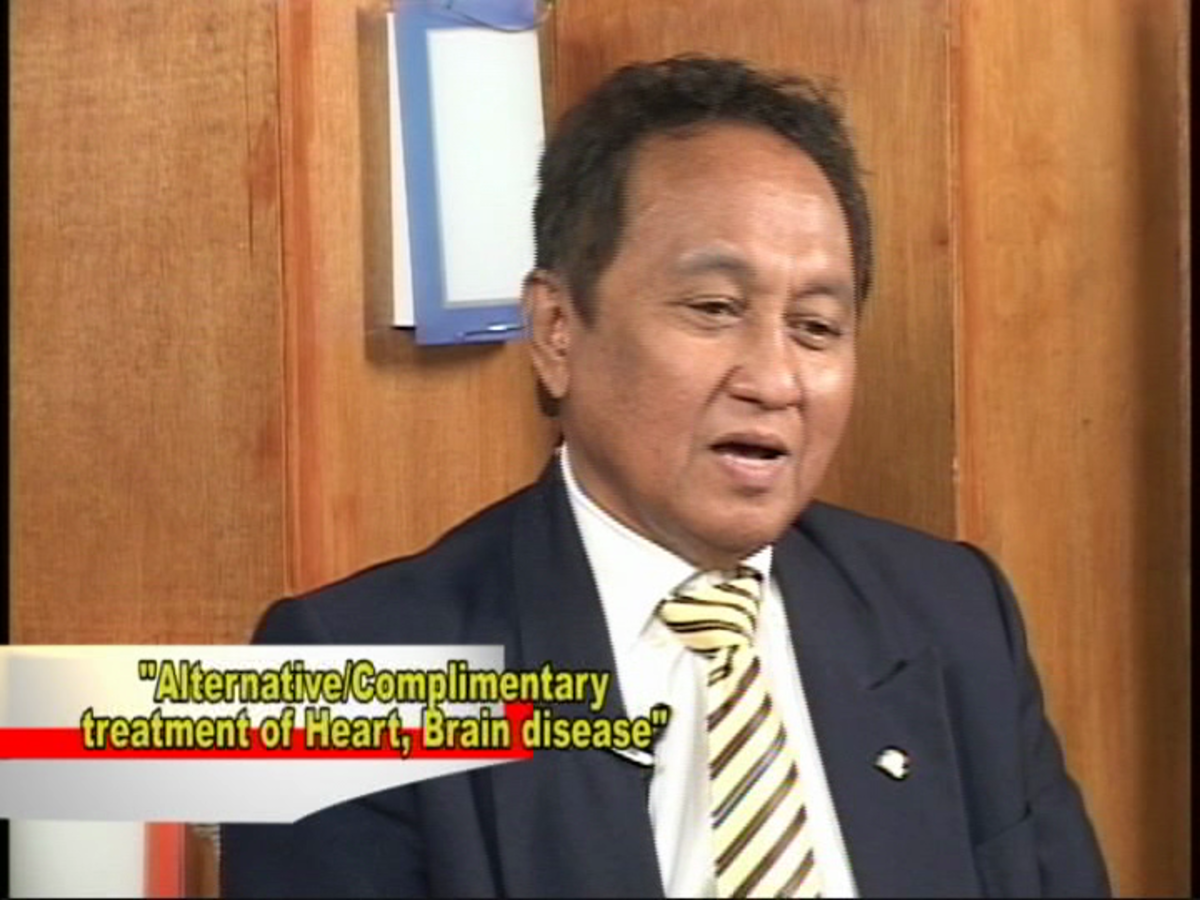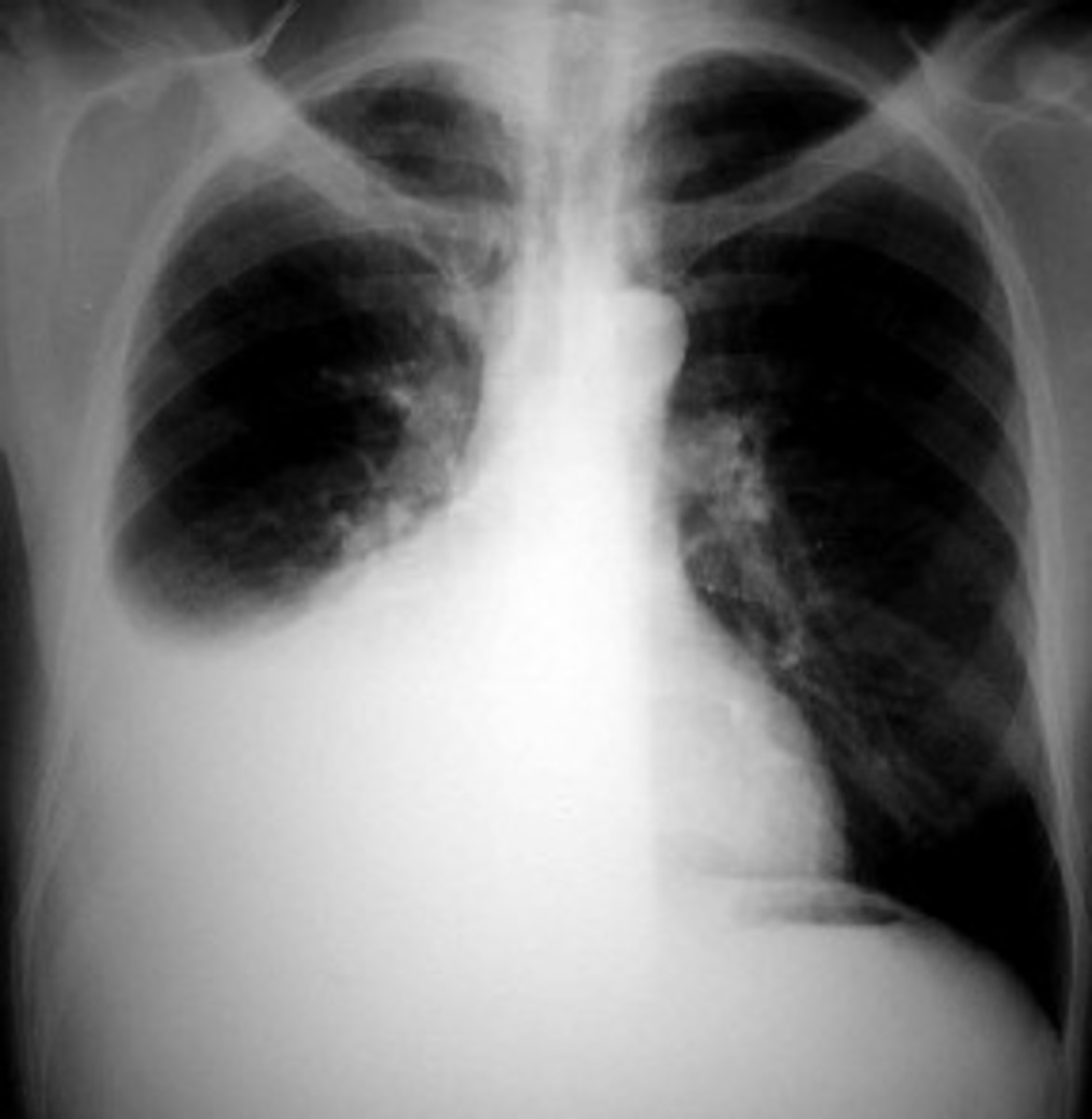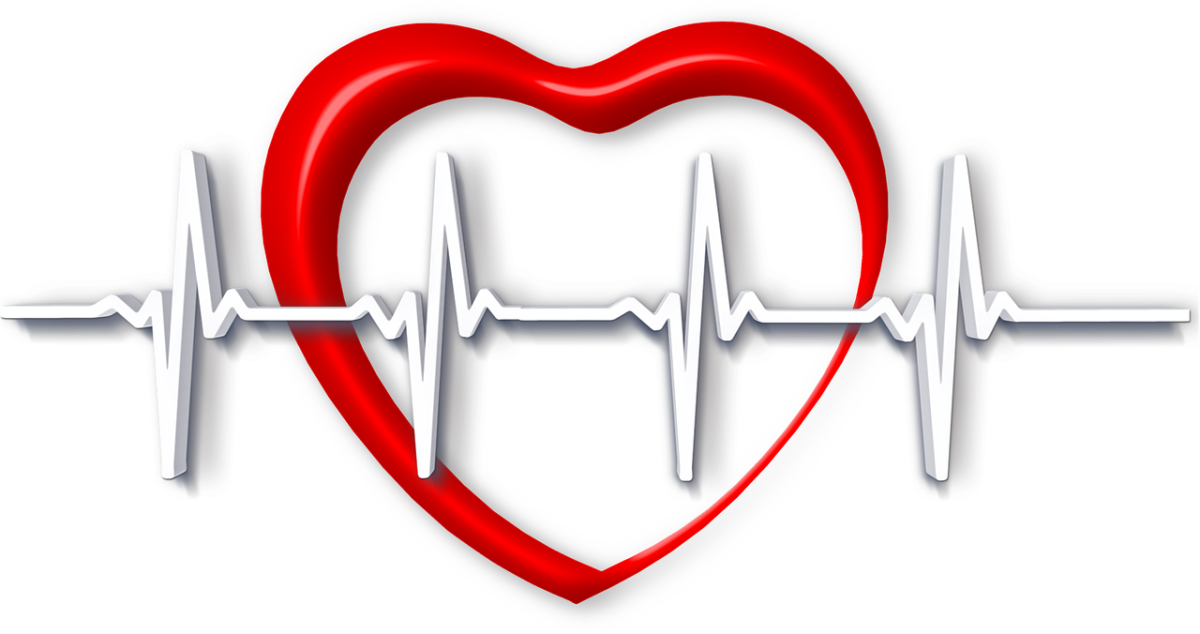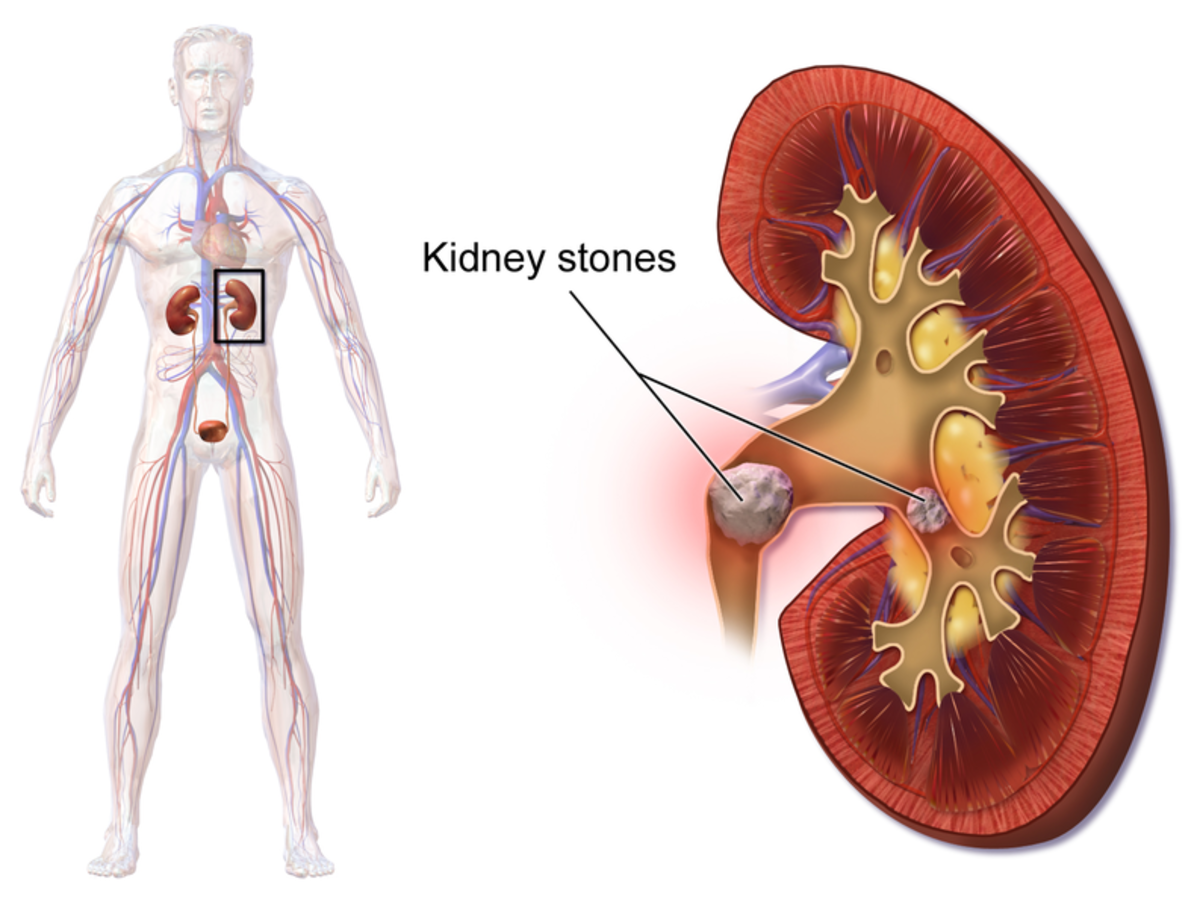Framework and Treatment of Heart Disease: Free Radicals (Chelation Therapy) versus Risk Factors (Bypass Surgery)
Set up of infusion chelation therapy. Solution drips from a bottle, flows down thru a flexible tube and gets into artery thru small needle
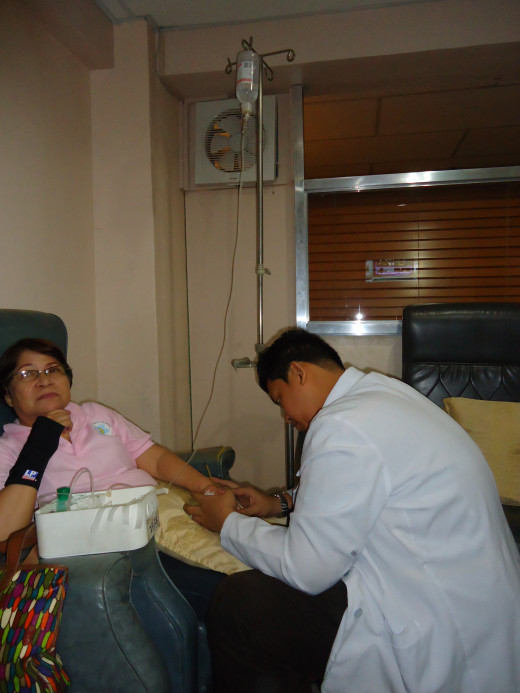
Coronary arterial bypass graft surgery. Breast bone is cut, breast is opened to expose the heart
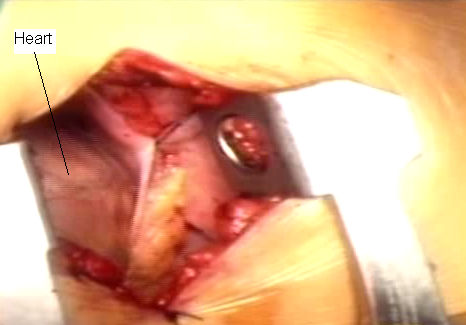
Two choices in the treatment and cure of heart disease
By Conrado D. Fontanilla
Heart disease means coronary heart disease. “Coronary heart disease occurs when there is an insufficient flow of blood to the heart muscle; the most common cause of this disease is atherosclerosis” (Reiter, F.J., Ph.D. and J. Robinson. Melatonin. 1995:85).
Arteries of the heart are involved. Delivering blood to heart muscles is the role of heart arteries. Blood carries oxygen used in the production of energy. These arteries wrap around the heart like a crown. The right coronary artery supplies blood to the right side. The left anterior descending artery feeds blood to the front side. The circumflex coronary artery feeds its back.
In some people blockage develops in heart arteries. If the blockage is about 50 percent of the diameter of a major heart artery, the blood flow might be still normal. The artery might be still flexible that it can dilate to allow passage of enough blood. But when the blockage had grown over 50 percent to about 75 percent symptoms are felt like chest pain upon exertion, sometimes called angina pectoris or simply angina. The reason is that the heart is starved for oxygen.
We start with free radical theories of disease then focus on heart disease according to this alternative view.
An injury in a tissue, or membrane, or chromosome, or cytoplasm, or protein, or carbohydrate is started by a free radical. The injury can be the result of just one hit or several free radical attacks. A free radical is (1) an atom, like oxygen indicated as O; or (2) a molecule, like molecular oxygen, indicated as O2-2; or (3) a fragment of a molecule, like nitro in nitrosamine; or (4) an ion, like calcium ion, indicated as Ca2+. A usual example of free radical is the atom oxygen which has eight electrons. Two electrons pair up in the first orbital of the atom; an orbital being a path of electrons that spin around the nucleus. Four electrons pair up in the second orbital but the other two do not pair up. They repel each other and spin separately around the nucleus in the same direction. Each electron is free that makes oxygen atom a free radical. Each free electron is seeking for stability and to attain that it will take another electron from a neighboring molecule or tissue. Stability is implied in the assumption of unity of the universe, an idea started by Michael Faraday and adopted by Albert Einstein in his special theory of relativity and general theory of relativity.
Free radicals and reactive oxygen species can start a tumor, a cancer, arthritis, a stroke. It was Dr. Denham Harman, MD who first made the interpretation, in 1962, that a free radical causes disease by grabbing an electron called oxidation. Actually, oxidation is not new because it is a process in aerobic organisms; the interpretation is new. It is considered as a breakthrough in medicine compared to that of the germ theory of disease inaugurated by Pasteur in 1881-84 (Cranton, E. MD. Bypassing Bypass, second edition). A book in dairy in 1947 said: vitamin C is destroyed in the body of animals. The term should be oxidized and the interpretation should be: an electron is grabbed from vitamin C. Alternatively, vitamin C protects the animal by giving the electron that satisfies the unpaired electron of a free radical.
Free radical theories
First, let us see what a theory is. Einstein in his book “Ideas and Opinions” said: a theory consists of concepts and relationships. Take a look at this theory:
Six electrons form covalent bonds that join two oxygen atoms together. Two unpaired electrons spin around the two oxygen atoms in parallel direction forming an oxygen molecule. Each unpaired electron is unstable.
High school and college students learn this in their chemistry class. Only that they may not be told that this is a theory. The whole structure makes one oxygen molecule also called molecular oxygen.
Several statements of facts can be derived from the theory. Any one or more that can be verified proves the theory.
What are the concepts? They are: oxygen molecule, electron, covalent bond, orbital. The meaning of molecular oxygen is given above. Electron is carrier of the negative charge. Covalent bond is the attraction between electrons in the outermost orbital between the two oxygen atoms. Orbital is the energy path of electrons spinning around the molecule. The relationships are: form, spin, parallel directions. Form means a mutual attraction ensues. Spin means a movement, usually circular, around the nucleus at the center. Parallel directions mean the unpaired electrons spin in the same direction, say, clockwise.
This oxygen molecule or molecular oxygen is a free radical. Each unpaired electron is unstable. To stabilize it must take another electron that is free or that belongs to another molecule which could be a part of a tissue or cell particle.
What had been discussed is theory only. We have found a theory for “free radical theories of disease” but we have not found a disease.
Look for disease
Actually, in “free radical theories of disease” there are two components. One consists of theories, the other consists of disease. A sample of a theory had been shown. There are several free radicals, each make for a theory that is why we say ‘theories.’ For example, there is a superoxide theory, an ozone theory, a singlet oxygen theory. We can discuss each of these but that will make our story very long.
“A theory by itself means nothing experimental... it is only when something is deduced from it that it is brought within the range of our material senses,” according to Norman Campbell (Campbell, N. What is Science? 1921:157). A theory is verified true if a statement that arise from it corresponds to experience. Seen another way, a consequence that can be interpreted as disease is drawn from a theory of a free radical.
Sense-experience
Going back to the theory of molecular oxygen. One statement of fact derived from it is:
"An unpaired electron of molecular oxygen takes another electron from another molecule."
This statement of fact has been verified. It is true. We can have knowledge of it by means of our senses.
[A more common statement is: "To attain stability, an unpaired electron of molecular oxygen grabs another electron from another molecule in a process called oxidation." However, "to attain stability" is normative and "grabs" is anthropomorphic or human being-centered. The term "takes" is not totally devoid of subjectivity. "Oxidation" complicates matters. The chemical reaction is: a negatively charged electron pair up with another negatively charged electron. Layman's language is often colorful and subjective but we can use it provided we are aware of objective, verifiable statements. To start with, facts about the universe do not need words, or terms, or statements. A fact about the universe is undefined, according to Bertrand Russell, a Nobel Prize winner in literature (philosophy). We can have knowledge without words or terms. A person who reaches for a banana fruit and eats it has knowledge of banana, without using any symbol for it. But these things will lead us to another story in epistemology.]
Molecules make up a tissue, or cytoplasm, or membrane, or DNA. From one of them, in one biological system, one or more electrons are taken. The molecule or tissue whose electrons had been grabbed is injured. This injury results in disease. This last sentence is an interpretation of disease.
An injured cell in the inside wall of an artery results in a benign tumor called atheroma. When the center of the atheroma collapses, collagen, fibrin, elastin, cholesterol, calcium apatite and other debris gather onto it in a process called atherosclerosis (Cranton, E., MD. Bypassing Bypass, second edition. 1995: 67-68). In time, this blockage grows into a plaque that lessens the flow of blood in the artery. When blood flow is less than normal, it triggers angina pectoris or chest pain. A lessened amount of blood to the heart starves the heart of oxygen resulting in death of some heart muscles. If the amount of heart muscles that had died makes the heart unable to do its job of pumping blood, a heart attack ensues.
“Free radicals can be caught in the act of creating cancer by using electron spin resonance (ESR) spectrometers. The unbalanced electron spin cause by the unpaired electrons in free radicals shows up in these tests. Organs with excessive free radical activity appear as hot spots” [Sharma, H., MD. Freedom from Disease (How to control free radicals, a major cause of aging and disease) 1993:90, author’s emphasis].
Free radicals have derivatives called reactive oxygen species (ROS). Let’s see a theory, for hydrogen peroxide, a ROS:
The enzyme superoxide dismutase attaches a proton to the one unpaired electron of superoxide resulting in hydrogen atom that is attached to one oxygen atom. Superoxide dismutase attaches a second hydrogen atom to the other oxygen atom resulting in hydrogen peroxide.*
*Source: Sharma, H., MD. Freedom from Disease. 1993: 112.
The concepts are: hydrogen, an element with one electron, with a negative charge, and one proton that serves like a nucleus; proton, counterpart of electron found in the nucleus, with a positive charge; superoxide dismutase, an enzyme that accelerates reaction without being changed; superoxide, formerly a molecular oxygen that had grabbed one electron, now with one unpaired electron.
Sense-experience: Hydrogen peroxide (H2O2), just like molecular oxygen and superoxide grabs electrons of another molecule from neighbors. H2O2 also causes diseases.
Free radicals and ROS are not specific as to the disease each causes, unlike microbes. For example, the bacterium Streptococcus pyogenes causes rheumatic heart fever. Diseases caused by free radicals and ROS more likely depend on the kind of tissue injured by the extraction of electrons. An injury they inflict on heart artery results in myocardial ischemia or heart attack. That on lung cell results in lung cancer. That on white blood cells results in leukemia.
There are several ROS like LDL-oxy, hydroxyl, nitrobenzene, nitrosamine, trichloromethyl and chemicals derived from pesticides, fungicides, molluscicides, and herbicides.
Prevention
There is no escape from free radicals and ROS. They are produced as by-products in the production of energy; they are found in pollution, food (treated with preservative like nitrosamine); radiation, ultraviolet rays, pesticides. Chemotherapy drugs produce free radicals in the body. Heart disease can be prevented by reducing population of free radicals and ROS with the use of antioxidants that neutralize them. That is primary prevention. Built-in antioxidants are superoxide dismutase, glutathione peroxidase, glutathione reductase, melatonin, and catalase. Examples of supplied antioxidants are beta carotene, vitamins A, C, D, and B complex or fruits and vegetables containing them. Cereals contain tryptophan that converts into serotonin then melatonin. Banana contains serotonin. Free radical load of the body can be assessed with glutathione test. Infusion chelation therapy with EDTA (ethylene-diamine-tetra-acetate) can give primary prevention. It also provides secondary prevention (prevents second attack) and tertiary prevention (prevents a third attack if you have had a second attack because you were not given a secondary prevention).
Treatment and cure
Treatment can be done with drugs like calcium channel blocker, antihypertensive, and nutriceuticals like coenzyme Q10, vitamin C, omega-3 fatty acid, and chromium (may be via brewer’s yeast, not the baker’s yeast). When the blockage is below 50 percent of the diameter of the artery, antioxidants are effective against it, according to Dr. Morton Walker, MD in his book “The Miracle Healing Power of Chelation Therapy.” Beyond 50 percent blockage infusion chelation therapy must be administered. Antioxidants and chelation therapy reverse deposits that is why they are cures. As the patient progresses with free radical theories of disease, his medication with drugs will diminish. I had been diagnosed in conventional medicine to have 75 percent blockage in one artery. I have had 30 sessions of infusion chelation therapy. My blockage have been reduced by 30 percent. Forty-five sessions of infusion chelation therapy will cure my blockage, according to Dr. Arturo V. Estuita. He was educated on cardiology who specialized on chelation.
This alternative is more effective, less costly than angioplasty and bypass surgery. It is not traumatic. It is ethical and legal.
New entries as of April 6,2014
USA finds chelation therapy safe and effective
The National Institutes of Health of USA conducted a double blind randomized with control study called "Trials to Assess Chelation Therapy" of TACT. It was launched in 2002 and results were presented in a meeting of the American Health Association held in Los Angeles, California on November 4,2012. This study is discussed in more detail in my Hub "USA (National Institutes of Health) Has Announced Chelation Therapy as Safe and Effective."
TACT involved 1,708 volunteers; it costs US$ 30 million.
Heart disease in the point of view of conventional medicine
My reading menu included two books written by Michael DeBakey, MD and Antonio Gotto, MD, “The Living Heart” published in 1977 and “The New Living Heart” published in 1997.
Dr. DeBakey and Dr. Gotto did not pursue their analysis down to the ultimate cause of heart disease. As to causes of plaque they wrote: “The blood vessel can become injured for a variety of reasons, including elevated blood lipid levels, high blood pressure, and cigarette smoking, or perhaps, as some speculate, a viral or bacterial infection. Heredity undoubtedly also plays a role in the development of atherosclerotic plaque” (DeBakey, M., MD and A. Gotto, MD The New Living Heart. 1997:188-89). Dr. DeBakey is a renowned heart surgeon. He invented the pump that prevents damage to blood platelets; he trained several heart surgeons
“A number of theories have been proposed to explain the development of atherosclerosis, but no single one completely and satisfactorily accounts for all the observations that have been made about this disease. To be valid, any theory about the cause and development of atherosclerosis must be consistent with what is known about its relationship to age, sex, serum cholesterol, diet, and other risk factors, and its pathological characteristics” (DeBakey, M., MD and A. Gotto, MD The Living Heart. 1977:155, authors’ italics).
In the 1977 edition of their book, they elaborated some seven hypotheses that had been omitted in the 1997 edition.
Risk factors
“Since we have not yet defined the precise mechanism of atherosclerosis development, it is fortunate that we can identify factors that determine people’s risk for development of the disease. We do not have to know the exact mechanism for the development of a disease to be able to reduce risk for it.
“A risk factors is defined as any trait or habit, whether genetic or environmental (which includes lifestyle factors), that can be used to predict an individual’s probability of developing a particular disease” (DeBakey, M., MD and A. Gotto, MD. The New Living Heart. 1997:79).
Association versus causation
A risk factor is not the same as a cause. Risk factors belong in the logic of association. The Koch’ postulate in the germ theory of diseases has a way of distinguishing association from causation (Eusebio, M., Ph.D. Pathology in Forestry. 2000:27).
It should be noted that association is first established then causation is found next. A risk factor, established by association, sometimes fails. High level of cholesterol and hypertension are associated with heart disease. However, sometimes they fail as predictors. Take this unadulterated abstract of a study:
“Background. – A randomized primary prevention trial was begun in 1974–1980 to assess the value of intensive dietetic and hygienic measures, hypolipidemic therapy with clofibrate and/or probucol, and antihypertensive therapy mainly with B-blockers and diuretics. Ten-year follow-up data now are available on the 610 control subjects.
“Findings. – Half the subjects in the intervention group received antihypertensive medication and 45% were given hypolipidemic medication. Overall mortality was 10.9% in the intervention group and 7.5% in the control group.... The rates of mortality from coronary heart disease were 5.6% in the intervention group and 2.3% in the control group.... Multiple logistic regression analysis failed to explain the excess cardiac mortality.
“Implications. – Coronary mortality increased in this study despite effective reduction of cardiovascular risk factors. The findings may relate only to this particular population, and they do not invalidate the concept of mutlifactorial primary prevention. They do, however, mean that ongoing research is needed on selecting methods for primary prevention of cardiovascular disease” (1992 Yearbook of Cardiology, pages 18-20).
Hypertension and cholesterol level were reduced in patients given treatment. However, mortality rate due to heart disease in the treatment group was double that in the control group.
Treatment versus cure
Treatment is demonstrated, for one, in dealing with high blood pressure. When a patient shows a blood pressure of 180/100 the doctor prescribes that he takes a drug, say, losartan to normalize his blood pressure which could be 120/80. But when he is provoked to anger his blood pressure may rise to 180/100 again. His potential for hypertension did not go away.
Cure is different from treatment. Cure means that when a hypertensive person had been taking a medication for some time, his hypertension will go away. Hypertension will not recur.
The treatment protocol (collection of procedures and drugs) for heart disease consists of medication with drugs like beta blocker, calcium channel blocker, artery dilators like nitroglycerin, cholesterol-lowering drug, laser, angioplasty, and coronary bypass surgery. If the patient smokes he is advised to quit smoking. He is advised on the benefits of abstaining from liquor, of exercise and right weight. If he has hypertension, which is usual, he is prescribed a tranquilizer although beta blocker and calcium channel blocker also treat hypertension.
Coronary bypass surgery
The breast is opened to get to the heart. Usually, a saphenous vein from the leg is grafted on an artery to bypass its part with a plaque. However, several plaques can develop in the same artery or several arteries. Also, the vein used as bypass can develop plaque. Moreover, it is not practicable to sew in a bypass on a very small artery, especially capillary. Bypass surgery has a mortality rate of two to five percent. It does not reverse plaque. The U.S. Congress assessed in 1978 that 25,000 bypass operations in America were unnecessary (Cranton, E., MD and A. Brecher. Bypassing Bypass.1984).
Angioplasty
Angioplasty involves the insertion of thin plastic balloon into artery and inflating it where the artery had narrowed, widening it. But sometimes this expanded part of the artery collapses. To prevent such collapse a stent is provided; the stent is a thin wire serving as prop. However, the artery may develop scar on the stent. Angioplasty is risky: during angioplasty a bypass surgery is on hand to perform an operation in case angioplasty goes awry. This adds to the cost of angioplasty.
Dr. DeBakey and Dr. Gotto conceded in their book, “The New Living Heart,” that plaque can be occasionally reversed by cholesterol-lowering drugs and lifestyle changes. The amount of saturated fat in the diet and smoking habits are the key lifestyle factors “determining differences in the extent of atherosclerotic disease….”
To conventional medicine there is no cure for heart disease. Medications in conventional medicine, except cholesterol-lowering drugs, do not reverse plague. Coronary heart bypass surgery and angioplasty are treatments.
In the Philippines, one session of infusion chelation therapy costs about 5,300 pesos; 30 sessions including diagnostic services may cost 150,000 pesos only. A heart bypass surgery in my country costs around 500,000 pesos. Angiogram, a method to pinpoint the location of plaque in the artery, costs about 100,000 pesos, that is, on top of the cost of surgery. There is no need for angiogram in infusion chelation therapy although the result of angiogram is useful. I have met fellows who had angiogram meant for use in angioplasty and who ultimately chose chelation therapy. have met fellows who had angioplasty and switched over to chelation therapy because their angioplastied artery closed up again. I also have met fellows who had bypass surgery and who came for chelation therapy because their symptoms before the bypass occurred again.
Hubs on chelation therapy by conradofontanilla:
http://conradofontanilla.hubpages.com/hub/Why-Is-Heart-Disease-The-Number-One-Killer-In-the-World
http://conradofontanilla.hubpages.com/hub/What-For-Is-A-Theory-of-Heart-Disease
http://conradofontanilla.hubpages.com/hub/How-To-Treat-Stroke
http://conradofontanilla.hubpages.com/hub/What-Would-I-Do-If-I-Had-a-Heart-Attack



